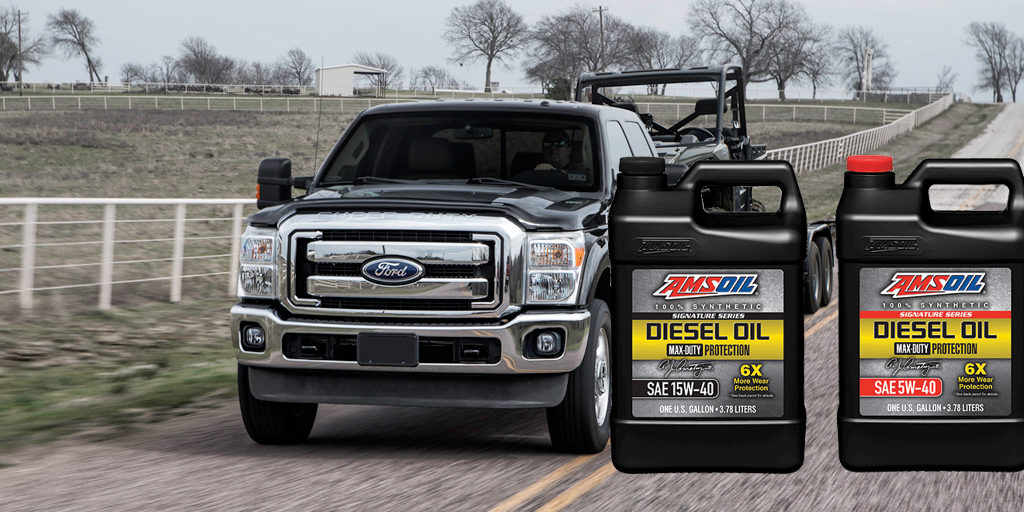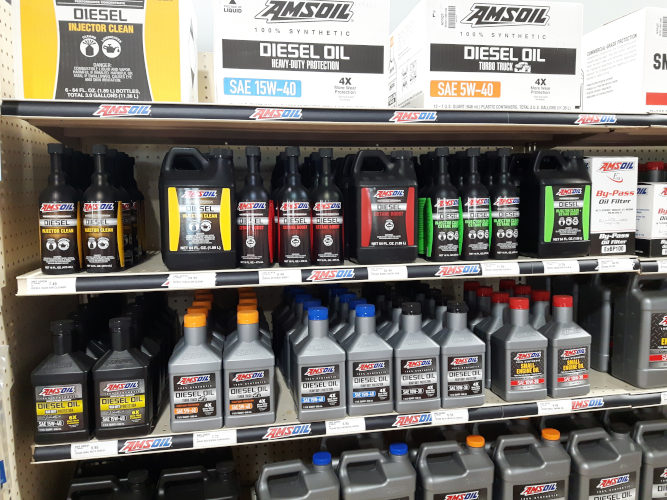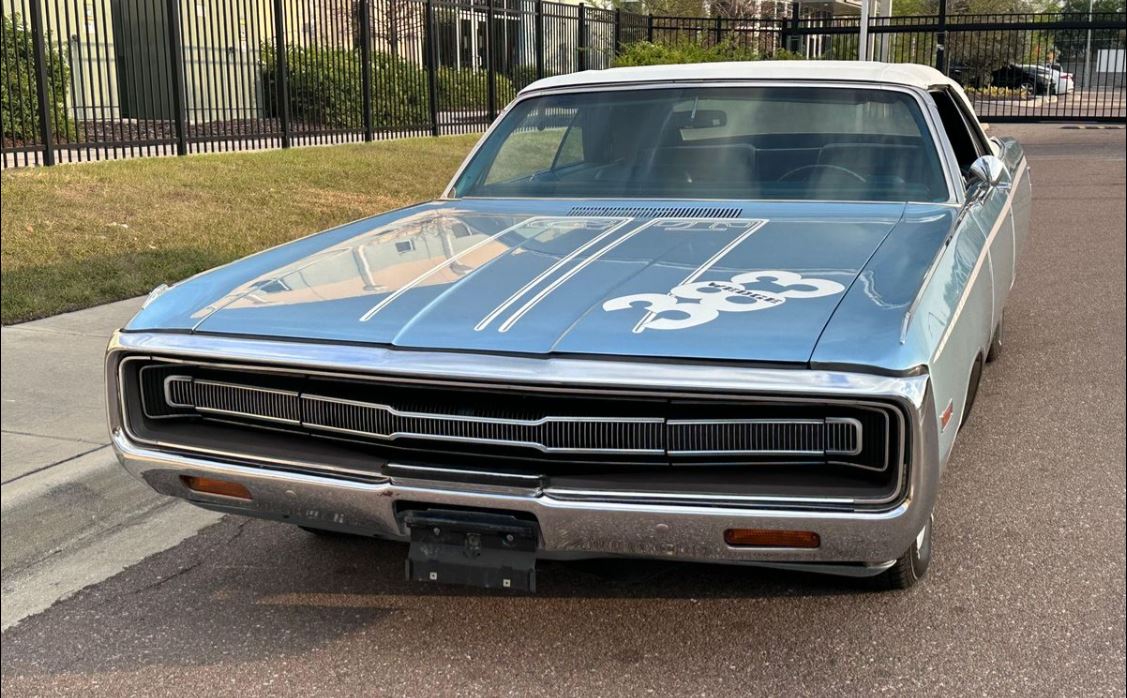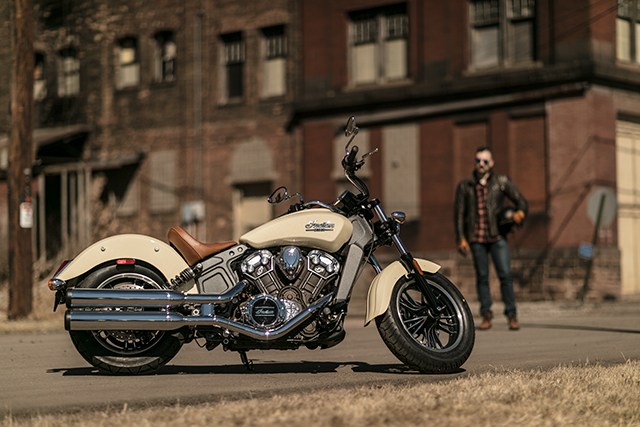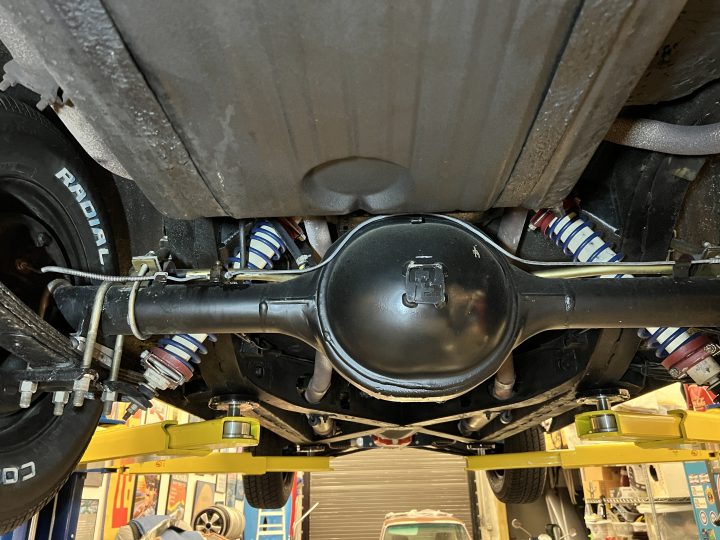9 Tips for Safe Trailer Towing Ed Newman|Mar 27, 2018 9:18 AM Friends of mine in Minneapolis were driving on Highway 35, talking about this and that, minding their own business, when – Wham! A trailer carrying a boat slammed into their car. The trailer had disconnected from the tow vehicle and darted across the […]
Why Did We Reformulate Signature Series ...
Why Did We Reformulate Signature Series Synthetic Motor Oil? Local Sioux Falls note: We are reposing this article from last fall as it is important to realize the changes coming and how these enhancements will only add to the performance on older vehicles too. AMSOIL’s Signature Series likely already exceeds the future API specification which […]
Should I Warm Up My Motorcycle Before Ri...
Should I Warm Up My Motorcycle Before Riding? John Baker|May 03, 2018 10:10 AM As soon as you crawl out of bed tomorrow morning, try this experiment: run outside and sprint down the street. Aside from embarrassment over your jammies (or lack thereof), how do you suppose you’ll feel? Your motorcycle likewise needs to warm […]
A DIY Car Repair, or a Job for an Expert...
A DIY Car Repair, or a Job for an Expert? Five Questions to Ask Before Doing It Yourself John Baker|Feb 03, 2017 11:39 AM Guest post by retired ASE master technician Mark Gittelman. It happens to the best of us: We take on a car repair only to find out the hard way […]

